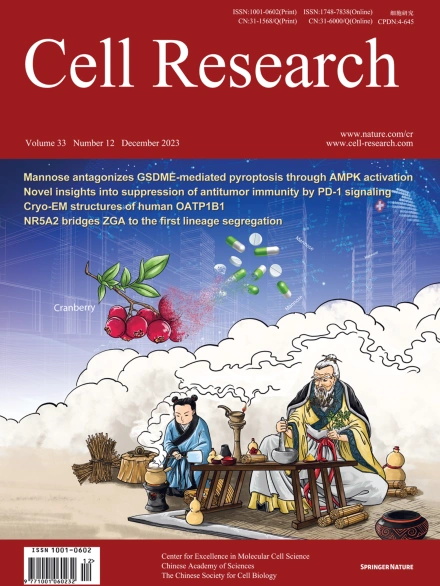
Advanced Search
Submit Manuscript
Advanced Search
Submit Manuscript
Volume 33, No 12, Dec 2023
ISSN: 1001-0602
EISSN: 1748-7838 2018
impact factor 17.848*
(Clarivate Analytics, 2019)
Volume 33 Issue 12, December 2023: 896-897
Cleaving an epithelial path to food tolerance
Emily M. Eshleman , Theresa Alenghat*
Division of Immunobiology and Center for Inflammation and Tolerance, Cincinnati Children’s Hospital Medical Center and Department of Pediatrics, University of Cincinnati College of Medicine, Cincinnati, OH, USAIngestion of antigenically foreign dietary products necessitates that food antigens are recognized as harmless and rendered non-immunogenic. Disruption of this process likely contributes to development of food allergies, however, mechanisms that enable food tolerance remain poorly understood. Previous work has established that tolerance to dietary peptides requires induction of intestinal regulatory T cells (Tregs)1 or promotion of hyporesponsive non-regulatory CD4+ T cells.2 Major histocompatibility complex class II (MHCII)-expressing antigen presenting cells (APCs) discern whether an antigen is harmless or harmful and instruct the appropriate T cell response. Intestinal epithelial cells (IECs) are uniquely positioned at the interface with foods digested in the stomach. IECs are capable of antigen processing and presentation, and can calibrate intestinal CD4+ T cell responses.3,4,5,6,7,8,9 However, we have a limited understanding of how IECs regulate immune tolerance to dietary antigens.
https://doi.org/10.1038/s41422-023-00856-6